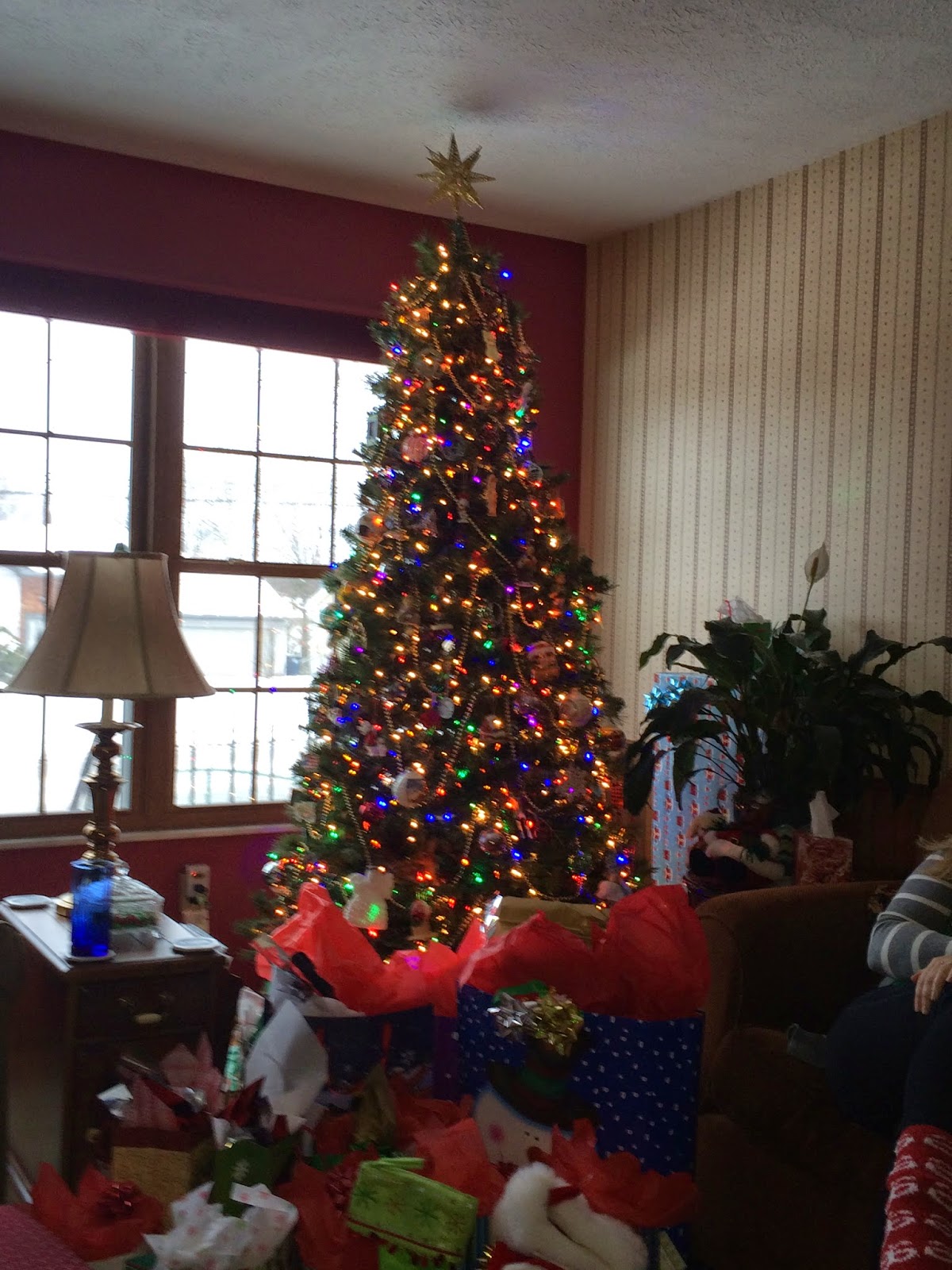This Day in Christian History: December 31
This Day in Christian History: December 31 December 31, 1837: Birth of John R. Sweney Born in Chester, PA, John R. Sweney discovered his talents at an early age. He became a music teacher and Sunday school music leader while yet a boy. By age 19, he was studying music under German Professor Bauer. He played the piano, violin, and led choir. He specialized in children's music. When the Civil War began, John joined the 3rd Delaware Regiment, and was in charge of the band. After the war, John continued his musical teaching and accomplishments by accepting a position at the Pennsylvania Military Academy where he served for 25 years. Before his death in 1899, John composed over 1,000 gospel tunes, including Beulah Land, More About Jesus I Would Know, and Tell Me the Stories of Jesus.

